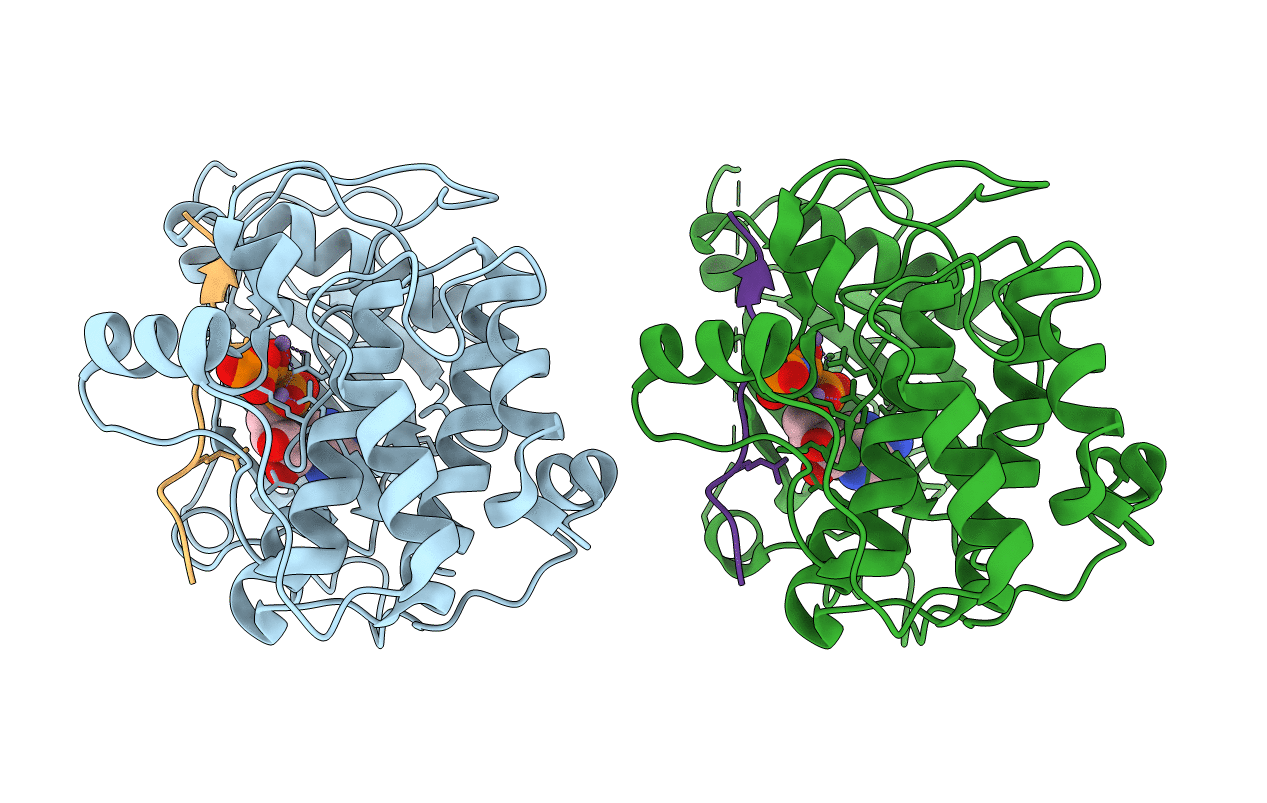
Deposition Date
2012-04-09
Release Date
2012-05-23
Last Version Date
2024-10-09
Method Details:
Experimental Method:
Resolution:
2.80 Å
R-Value Free:
0.27
R-Value Work:
0.21
R-Value Observed:
0.22
Space Group:
P 1 21 1


